
The Navy Department Library
UNITED STATES NAVY
105TH DENTAL CORPS
Birthday Ball
Saturday, 19 August 2017
Uniformed Services University
Bethesda, MD
Did you know that the first trauma manikin, "Mr. Disaster" was invented by a dentist named Dr. Victor Niiranen? This life-size demonstration manikin even had a patented method of pumping "blood" to various wound points on the "body." It is just one of the contributions the United States Navy Dental Corps has made to modern medicine that is highlighted in this 105th Birthday Ball commemorative program. Scroll down and take a look.
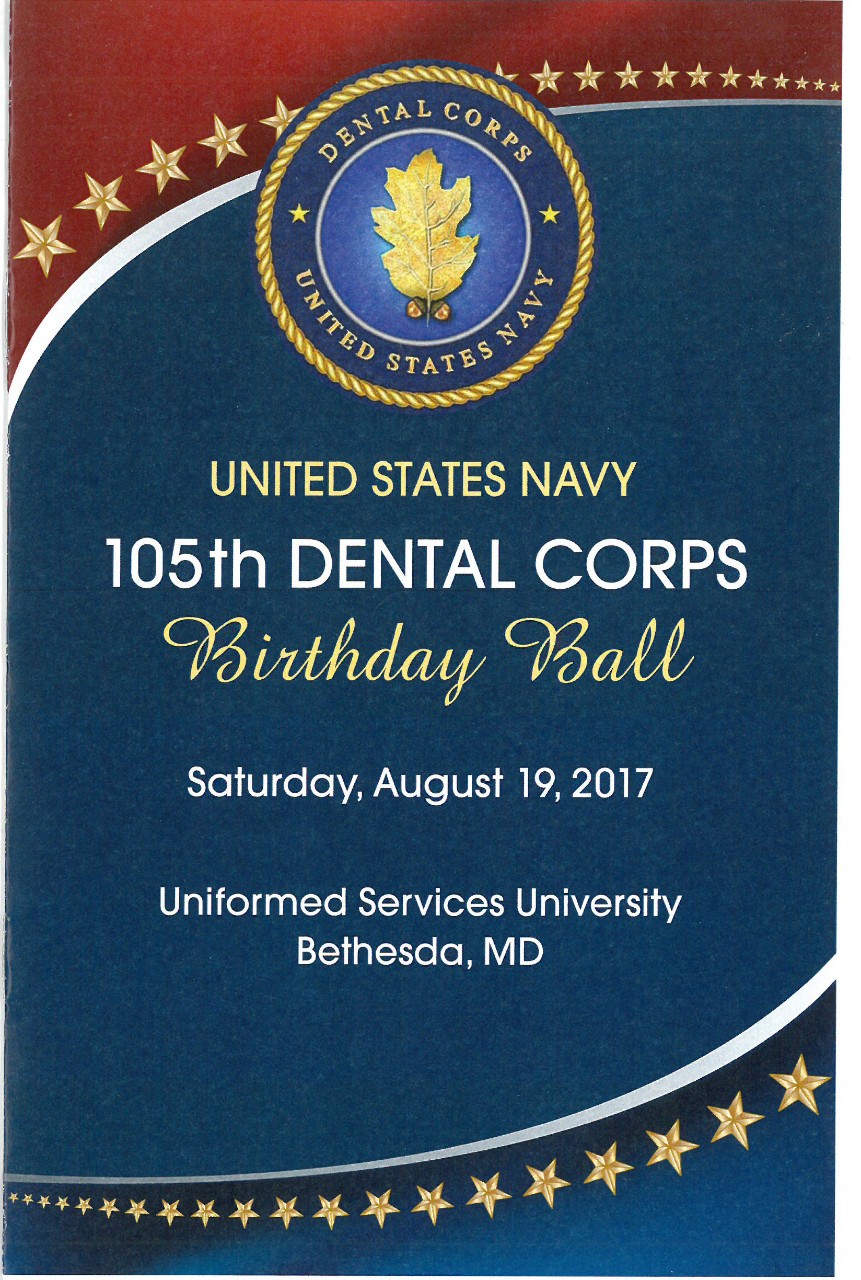
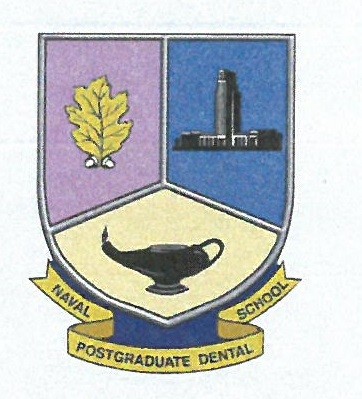
Naval Postgraduate Dental School.
Then and Now
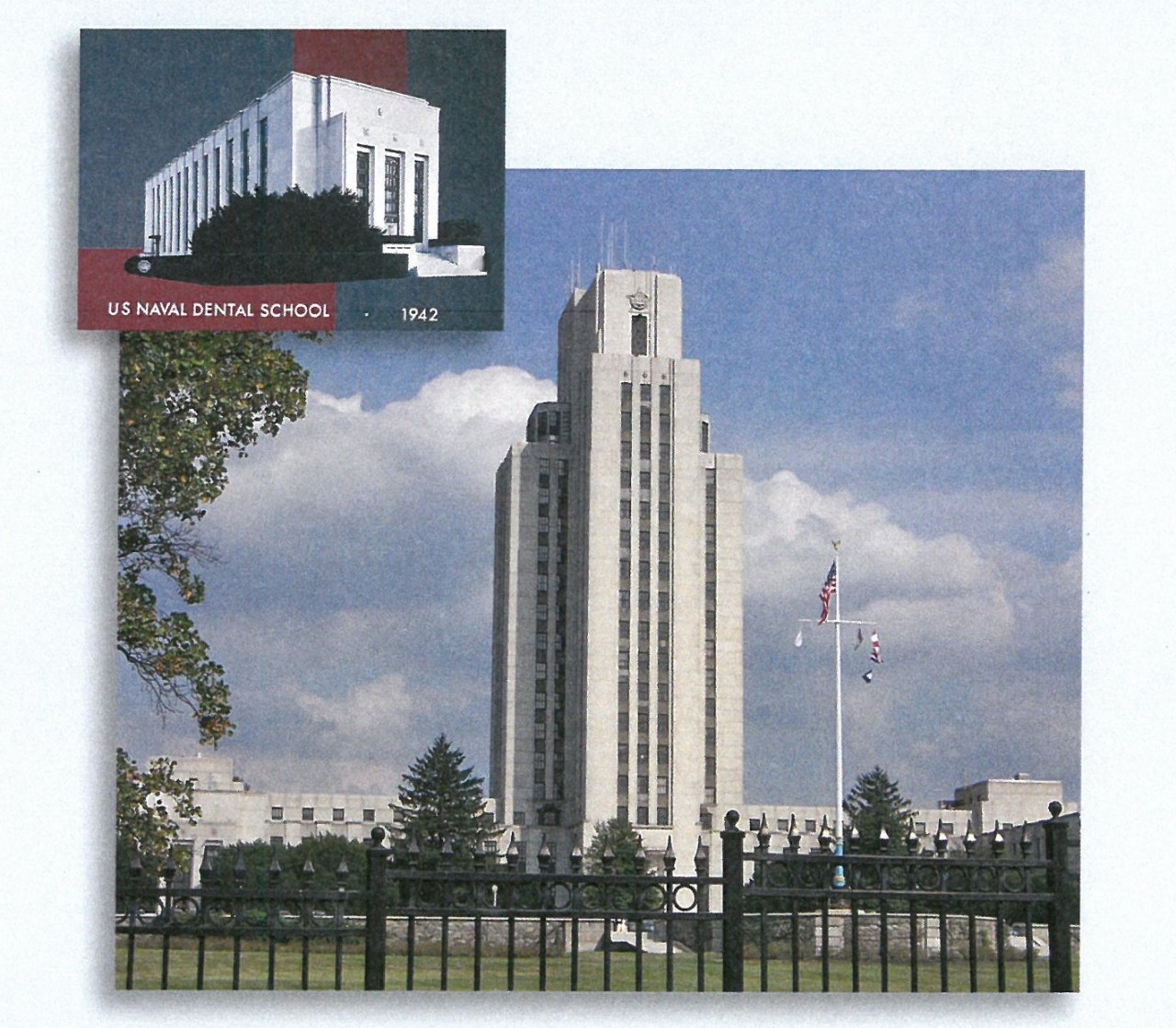
Navy Medicine Professional Development Center
Naval Support Activity Bethesda
Program
1730-1830
Cocktails
Music by the Navy Band Brass Quintet
1830
Welcome
1840
Colors
1850
Invocation
1855
VIP Introductions
1900
POW/MIA Table Ceremony
1915
Cake Cutting Ceremony
1920
Toasts
1930
Dinner
2015
Program
2045-2230
Dancing
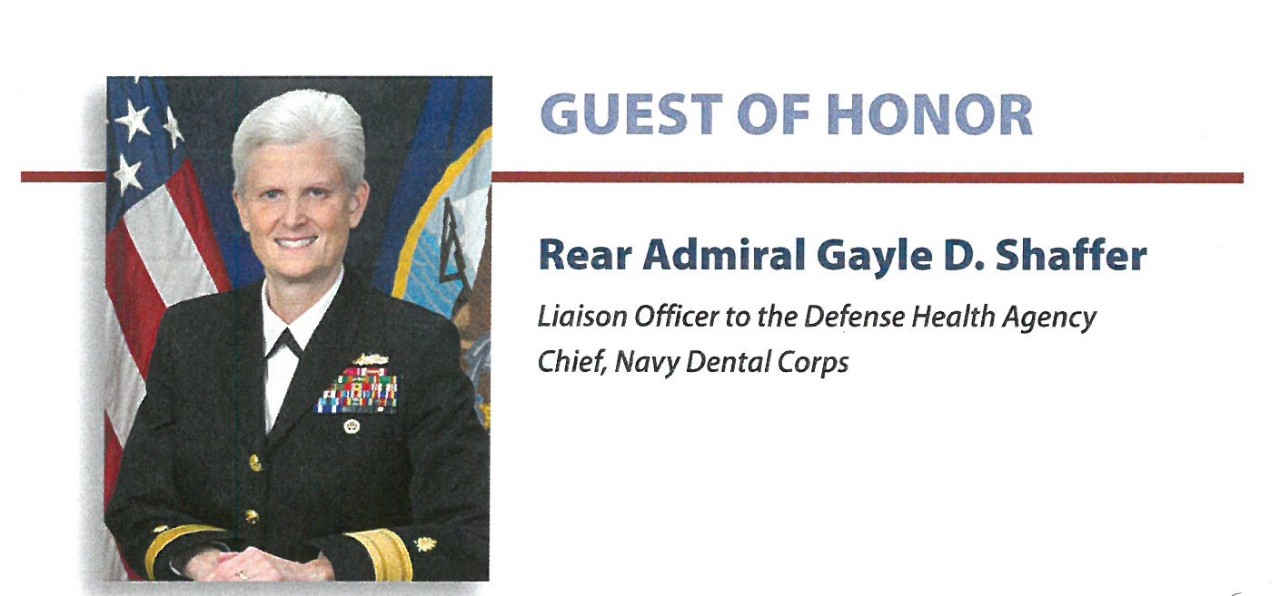
A native of Bloomington, Illinois, Rear Admiral Gayle Shaffer earned a Bachelor of Science from the University of South Alabama and a Doctor of Dental Medicine from the University of Alabama School of Dentistry. She earned a certificate in comprehensive dentistry from the Naval Postgraduate Dental School and holds a master's in health sciences from George Washington University. She received her commission as an ensign in 1989.
At sea, RDML Shaffer served on USS PUGET Sound (AD-38), completing two Mediterranean deployments. Ashore, her assignments include Naval Hospital Great Lakes; Great Lakes Naval Dental Center; clinic director, 2nd Dental Battalion, Camp Lejeune; and Branch Dental Clinic, Naval Air Facility, Atsugi, Japan. She served as director, General Practice Residency; department head, Hospital Dentistry Division ;and director for Branch Health Clinics, National Naval Medical Center.
RDML Shaffer served as executive officer, 1st Dental Battalion/Naval Dental Center, Camp Pendleton, and U.S. Naval Hospital Okinawa; she served as commanding officer, Naval Hospital Jacksonville.
As an individual augmentee, RDML Shaffer deployed as officer-in-charge of the Expeditionary Medical Facility, Camp Lemonnier, Djibouti, in support of Combined Joint Task Force - Horn of Africa and Operation Enduring Freedom. She also deployed as commanding officer, NATO Role 3 Multinational Medical Unit, Kandahar Airfield, Afghanistan, in support of Operation Freedom's Sentinel and Resolute Support, Train, Advise, Assist Command-South.
Her staff assignments include assistant deputy chief, medical operations, U.S. Bureau
of Medicine and Surgery, and executive assistant to Navy Deputy Surgeon General, U.S. Bureau of Medicine and Surgery. In October 2016, RDML Shaffer assumed the duties as liaison officer to the Defense Health Agency and 38th Chief of the Navy Dental Corps. She was promoted to rear admiral in December 2016.
RDML Shaffer's personal awards and decorations include the Legion of Merit (two awards), Meritorious Service Medal (four awards), Navy and Marine Corps Commendation Medal (three awards), Navy and Marine Corps Achievement Medal (four awards) and various other service and unit awards.
RDML Shaffer maintains board certification in the American Board of General Dentistry and is a fellow of the Academy of General Dentistry and International College of Dentists.
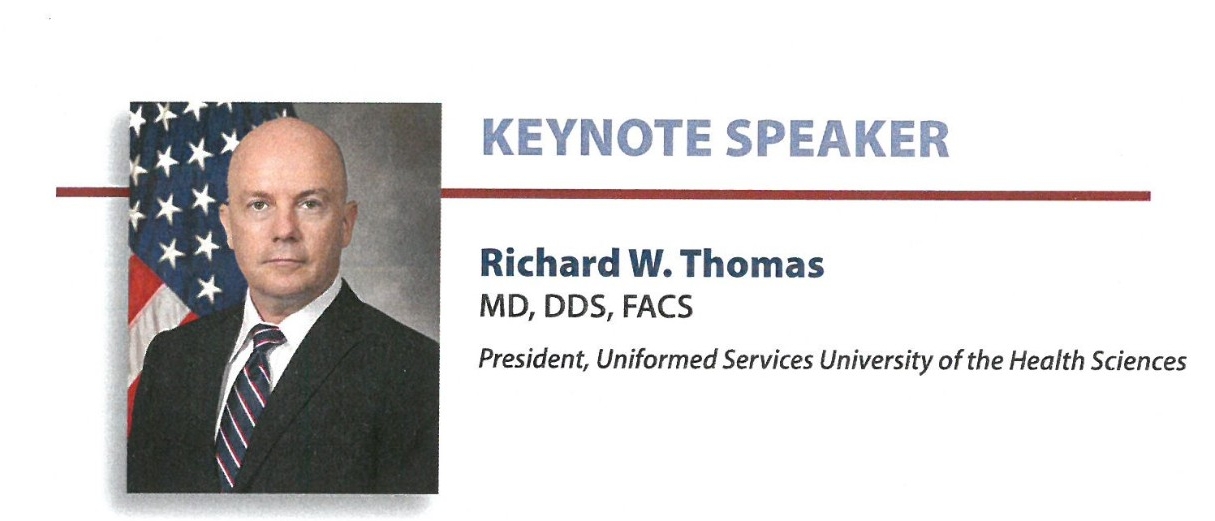
Dr. Richard W. Thomas is the sixth president of the Uniformed Services University of the Health Sciences. As president, Dr.Thomas is responsible for the academic, research and service mission of the university. He advises the Assistant Secretary of Defense for Health Affairs and the four Surgeons General on a wide array of issues related to graduate health professions education and healthcare research. Dr. Thomas oversees, evaluates, and coordinates efforts to enhance graduate health professions education and healthcare research to include emerging technologies and treatments as well as efforts to improve patient safety and quality within the Military Health System.
Dr. Thomas earned an undergraduate degree in biological science from West Virginia University (WVU), a Doctorate in Dental Surgery from the WVU School of Dentistry and a medical degree from WVU School of Medicine. He also holds a master's degree in Strategic Studies from the U.S. Army War College. Dr. Thomas is board certified in Otolaryngology/ Head and Neck Surgery and is a fellow of the American College of Surgeons.
Dr. Thomas retired as a Major General from the United States Army with more than 26 years of service. During his career he commanded at multiple levels within the Army; his key positions include serving as the Director of Healthcare Operations and the Chief Medical Officer for the Defense Health Agency (DHA); Commanding General of the Western Regional Medical Command; Surgeon General, USFORCES-Afghanistan; Chief, U.S. Army Medical Corps; U.S. Army Assistant Surgeon General; Commander, Blanchfield Army Community Hospital, Fort Campbell, Kentucky; Commander, 47th Combat Support Hospital, Division Surgeon, 101st Airborne Division (Air Assault);and numerous other staff and leadership positions. Additionally, Dr. Thomas has served multiple combat tours supporting operations in Iraq, Afghanistan and Panama.
During his career, Dr. Thomas served as the director of the Department of Surgery Research Program, and staff surgeon and assistant residency program director at Madigan Army Medical Center. He held a faculty appointment as clinical associate professor at the University of Washington in Seattle and was also an adjunct faculty and staff surgeon at the Swedish Medical Center in Seattle and American Lake Veterans Administration Hospital in Tacoma .
Dr. Thomas' honors and awards include: Defense Distinguished Service Medal; Army Distinguished Service Medal (with Oak Leaf Cluster); Legion of Merit (with two Oak Leaf Clusters); Bronze Star Medal (with Oak Leaf Cluster); and various other commendations and campaign awards. He holds the Surgeon General's "A" Proficiency Designator, a Distinguished Member of the AMEDD Regiment and Member of the Order of Military Medical Merit. Dr. Thomas has been recognized with the Murtha Memorial Award for Leadership in Military Medicine, the American Academy of Pain Medicine's Board of Director’s Award and American Academy of Pain Medicine Philipp Lippe Award.
Dental Corps History.
Origin of the Dental Corps -The Dental Corps came into existence as a unique staff corps on 22 August 1912, when President William Taft signed the bill authorizing the Secretary of the Navy "to appoint not more than 30 acting assistant dental surgeons to be part of the Medical Department of the United States Navy.”
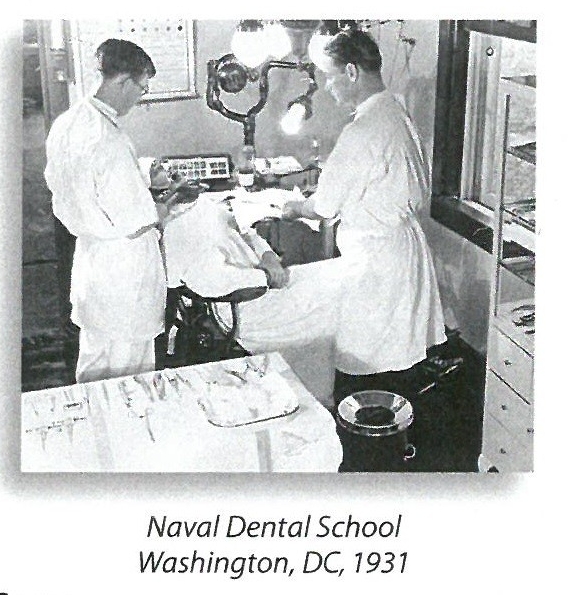
First Naval Dental School - First Naval Dental School -The first Naval Dental School (NDS) opened in downtown DC in February 1923 with the mission "to broaden the knowledge of dental officers, increase their proficiency and acquaint them with the latest advances in dentistry." NDS originally consisted of a five-chair general dentistry clinic, a two-chair prosthodontic clinic, and a prosthodontic laboratory staffed by 20 technicians. In the first class, there were
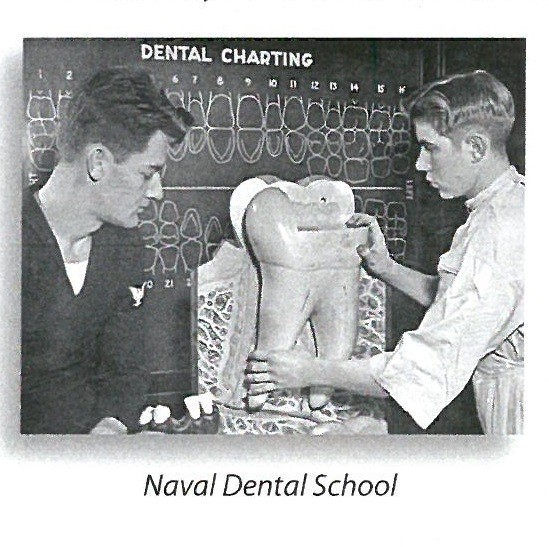
five dental officers and they were trained by three staff dental officers as well as several medical officers.
Additionally, ten hospital corpsmen were trained as dental hygienists, dental assistants, and prosthodontic laboratory technicians. the first class of officers and corpsmen graduated in June 1923 - just five months after their training began!
The President's Dentist- In 1923, three Navy dental surgeons from Naval Dental School were asked to attend to the dental needs of President John Calvin Coolidge and the first family. These dentists were the first military dentists to the President - a role the Navy has continued to fill to this day.
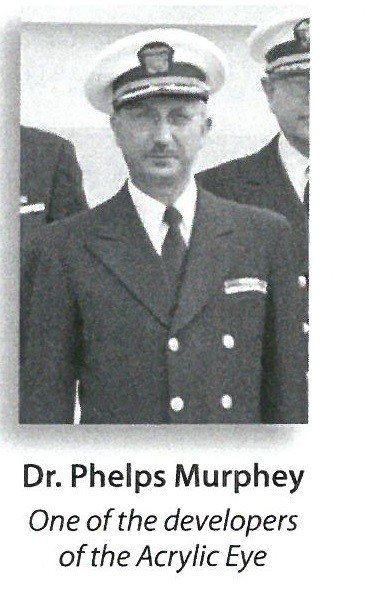
Innovation
1944 - Invention of the acrylic eye. In the early 1940s, researchers at the Naval Dental School worked with the ENT department to explore a solution to the glass eye prosthetic shortage. In 1944, NDS dentists developed a process for fabricating acrylic eyes that would forever revolutionize the field of prosthetics
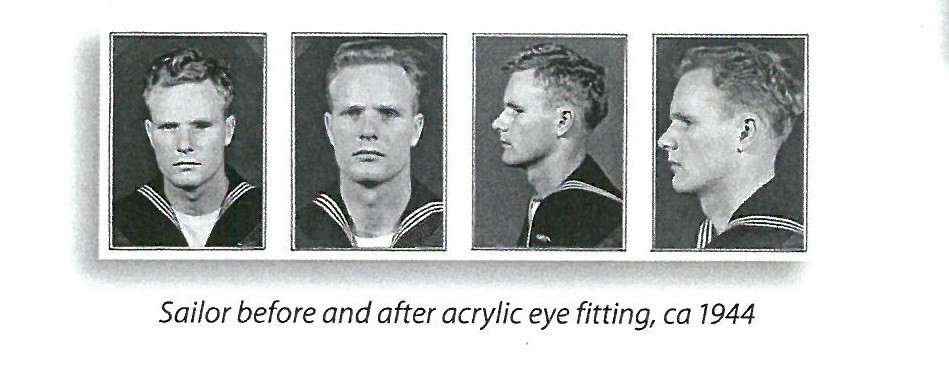
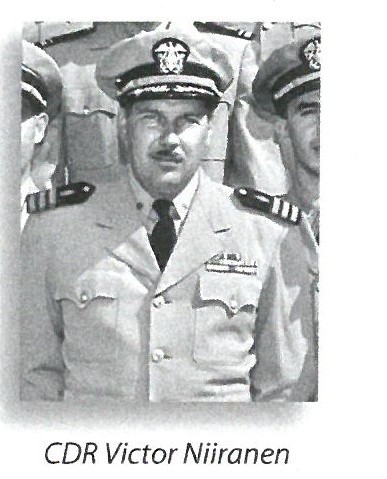
1953 -Creation of first trauma manikin,"Mr. Disaster."
In 1953, CDR Victor Niiranen, a dentist here at National Naval Medical Center, Bethesda, exhibited the first trauma manikin, named "Mr. Disaster:' This innovative, life-size manikin was used to demonstrate treatment of a wide range of trauma injuries ranging from penetrating chest wounds to jaw fractures, and even choking on a foreign body. Mr. Disaster even had a patented system for pumping blood (glycerin, water, and red vegetable dye)
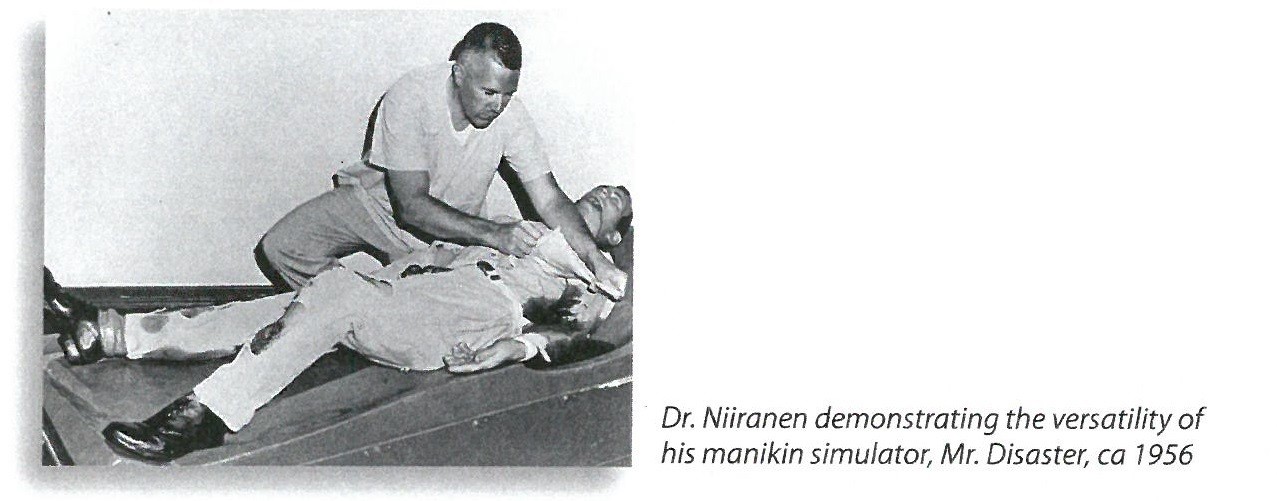
to six major wound points on the legs, arms, abdomen, chest, and mouth. Mr. Disaster's legacy lives on today in both military and civilian organizations, where technologically advanced manikins are used as an indispensable teaching tool in medicine.
Development of the air turbine handpiece.
In 1953, Navy dentists CAPTs Curtiss Schantz and Bill Ludwig developed the idea of utilizing compressed air to drive a dental handpiece. In 1956, CDR John Borden, a Navy Reserve dentist, developed a free-running, air-driven turbine handpiece that required less pressure to cut tooth structure. CDR Borden took the design to the Dentists' Supply Company, which fabricated the Airotor handpiece, widely regarded as the precursor to today's ultra-high-speed handpieces.
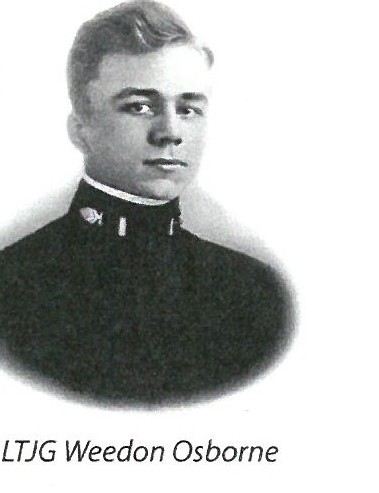
Dentists' ultimate sacrifice in World War I and World War II
WWI. The first dental officer killed in combat was LTJG Weedon Osborne. On June 6, 1918, LTJG Osborne gave his life while carrying a wounded man to safety in Bouresches, France. Osborne was posthumously awarded the Medal of Honor for his heroism.
WWII. On December 7,1941, when Japanese forces attacked Pearl Harbor, two Dental Corps officers, LCDR Hugh Alexander serving aboard the USS Oklahoma and LCDR Thomas Crowley serving aboard the USS Arizona, lost their lives.
Throughout WWII, Navy dental officers were present at many legendary battles, including Guadalcanal, lwo Jima, Normandy, Okinawa, Saipan, and Tarawa. By the end of WWII, twenty-one dental officers would sacrifice their lives in service to their country.
105th Dental Corps Birthday Ball
COMMITTEE
| CAPT Raynese Fikes | LCDR Andrea Lisell | ||
| CDR Christopher Hamlin | LCDR Abigail Schmidt | ||
| CDR Marc Stokes | LT John Greiner | ||
| CDR Jeffrey Wessel | LT Elise Hurrell | ||
| LCDR Martin Braud | LT Ezra Merritt | ||
| LCDR Jared Geller | LT Johannes Seyward | ||
| LCDR Jayson Huber | LT Travis Vertolli |
Special thanks to
Andre B. Sobocinski
Historian, Bureau of Medicine and Surgery
*****
The Navy Band Brass Quintet
*****
Joint Armed Forces Color Guard
National Capital Region
*****
Ghil Medina, TSgt, USAF
Pastry Chef, Presidential Food Service
White House Military Office
[END]



